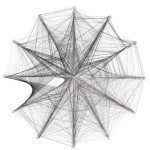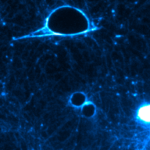
Laboratory


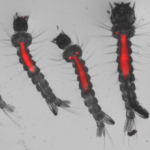


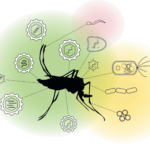

Born and raised in the south of France, I moved to Paris to study at the Magistère Européen de Génétique (Université Paris VII, now Université Paris Cité) where I specialized in immuno-genetics and cell biology. […]
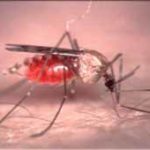
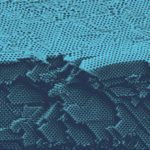
We provide a library of 3D cell culture scaffolds with tunable biophysical and biochemical properties.

INCEPTION Goal The Inception aims to develop a core structure to mobilize data resources, numerical sciences, and fundamental experimental biology in various health issues (Official website here: https://www.inception-program.fr/en). The inception program uses Integrative Biology, […]





